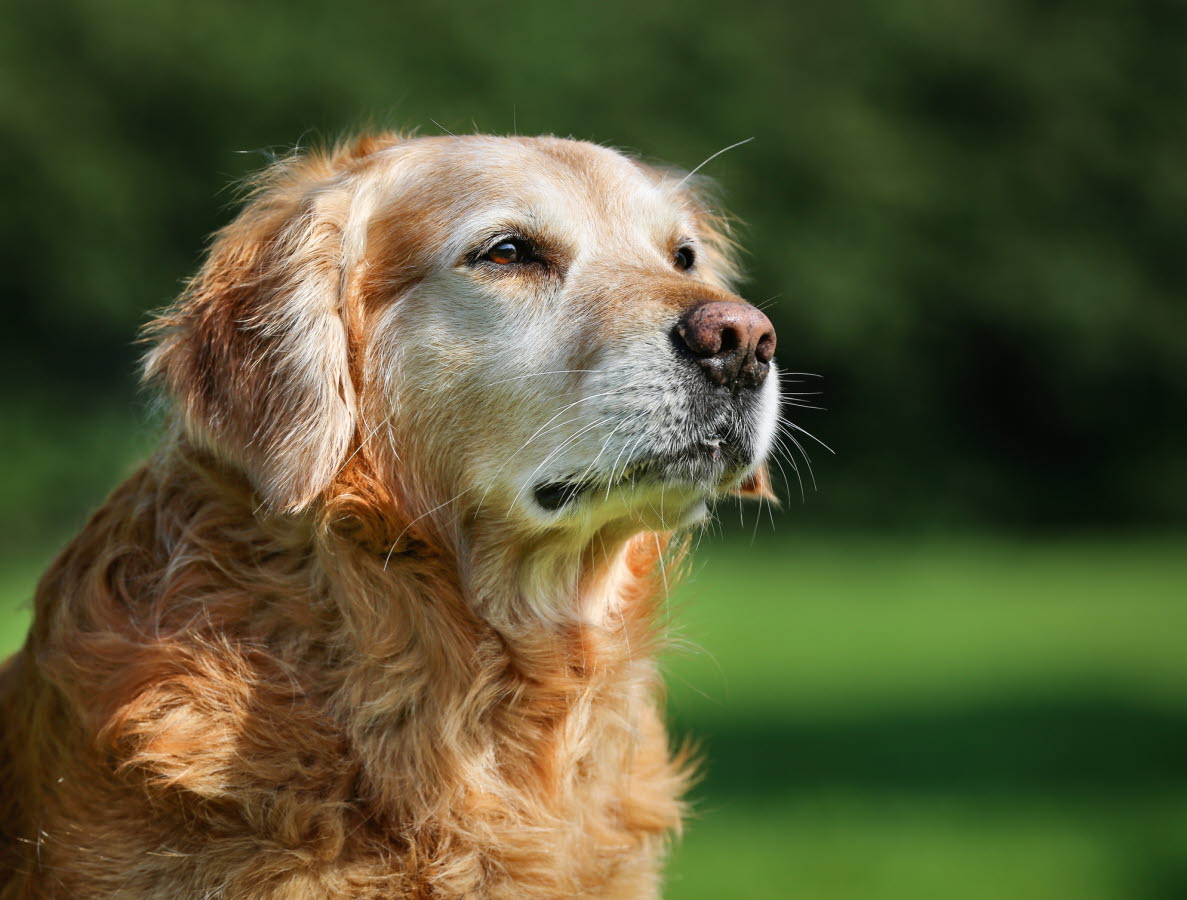Pets and old age

Whilst many of us consider our pet to be our “baby” regardless of how many birthdays they’ve celebrated, there is an age where they’re considered medically geriatric (old). This age depends on your pet’s breed, with small-medium breed dogs and cats often being considered geriatric at 10 to 11-years-old, large breed dogs at 8-years-old, and giant breed dogs at 7-years-old.
Many owners fear old age in their pets, and understandably feel sad that their pet is slowing down a bit. But with the right veterinary care and home environment, your pet can potentially share many more happy years with you!
Aiding mobility
Many elderly pets develop stiff joints, and get wobbly or weak when rising or walking on slippery floors. Keep your pet’s claws short to aid grip, and provide them with a slightly elevated, supportive bed that’s easier for them to get up from.
Consider purchasing non-slip mats from a hardware store to make a safe track across smooth floors, or use “Toe-Grips” (available online). Raise your pet’s food and water bowls, so they don’t have to bend down as far.
If your pet is showing signs of arthritis, ask your veterinarian about supportive medications and supplements to improve your pet’s mobility and comfort.
Monitoring health
It is a great idea to have your elderly pet weighed and examined by their regular veterinarian every six months, plus general blood and urine tests and blood pressure measurements performed at least every 12 months (or sooner if your pet shows any signs of unwellness).
Make sure to keep track of basic measures of health, including appetite, thirst, behaviour, toileting, and whether your pet shows any symptoms such as vomiting, coughing, joint stiffness, or weight loss.
This will help your vet to detect any old-age related illness as early as possible and discuss with you the best options for management of your pet’s condition.
Nursing and TLC at home
Some old pets become unable to keep themselves clean and groomed, particularly long-haired pets. If you notice your pet’s fur looking messy or tangled, start a regular routine of gentle grooming. Not only is this great for their skin and coat health, but it will allow you to promptly spot any developing lumps.
If your old pet seems to be getting confused or lost around the house, they may have “dementia” (canine cognitive dysfunction). Book a consultation with your veterinarian to discuss management options, as there are supplements and medications that can help slow your pet’s brain deterioration, and keep them calm and happy. It also helps to keep a consistent routine for your pet where possible, with daily gentle exercise (even just a slow potter up and down the street once or twice daily), and daily varied mental stimulation, such as snuffle mats, food hunts, and food puzzle toys – this keeps your pet’s mind and body active.
Old age doesn’t mean that the good times are over, but just that your pet will need a little bit more home TLC and veterinary care to keep them as comfortable, happy and healthy as possible.
